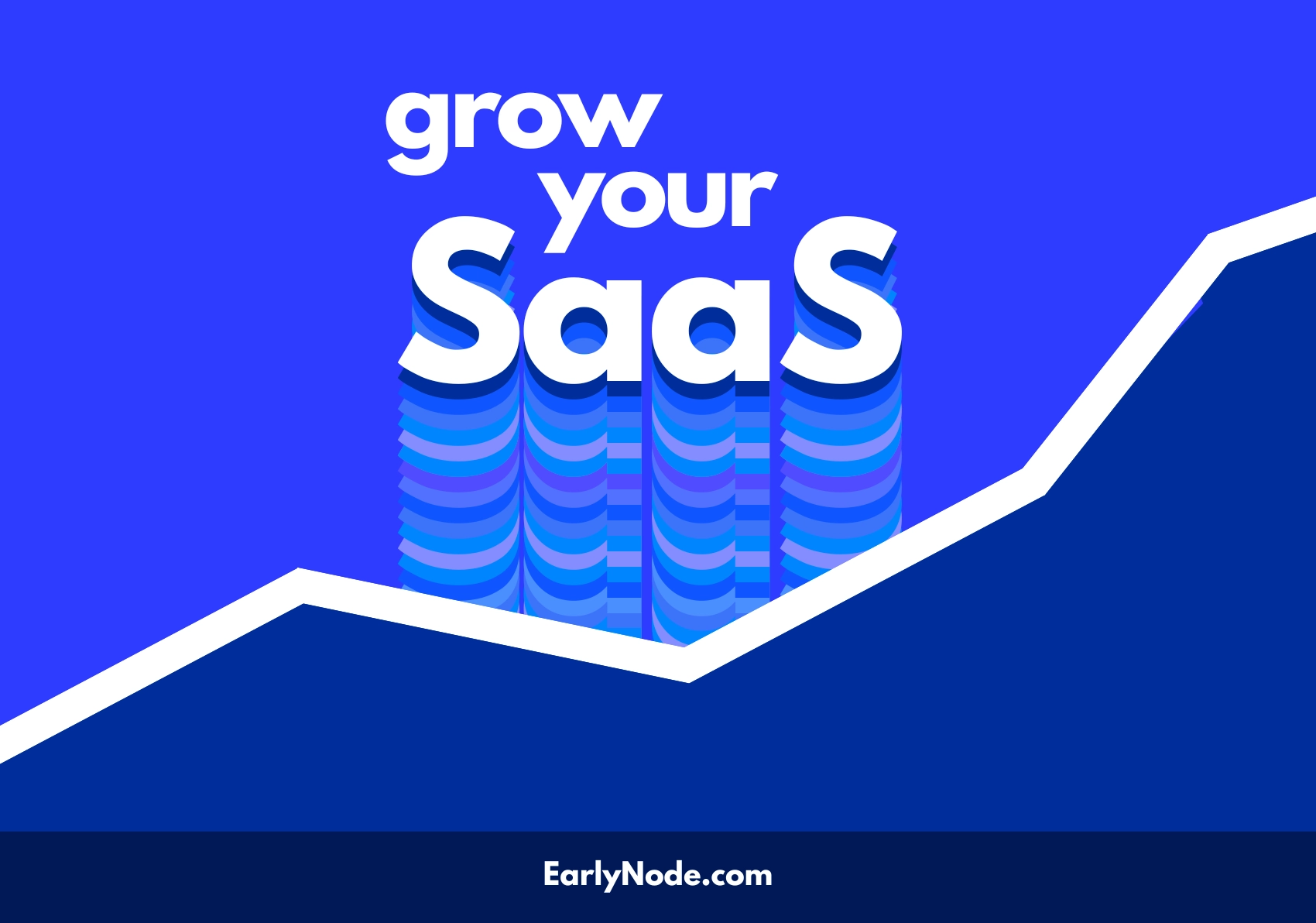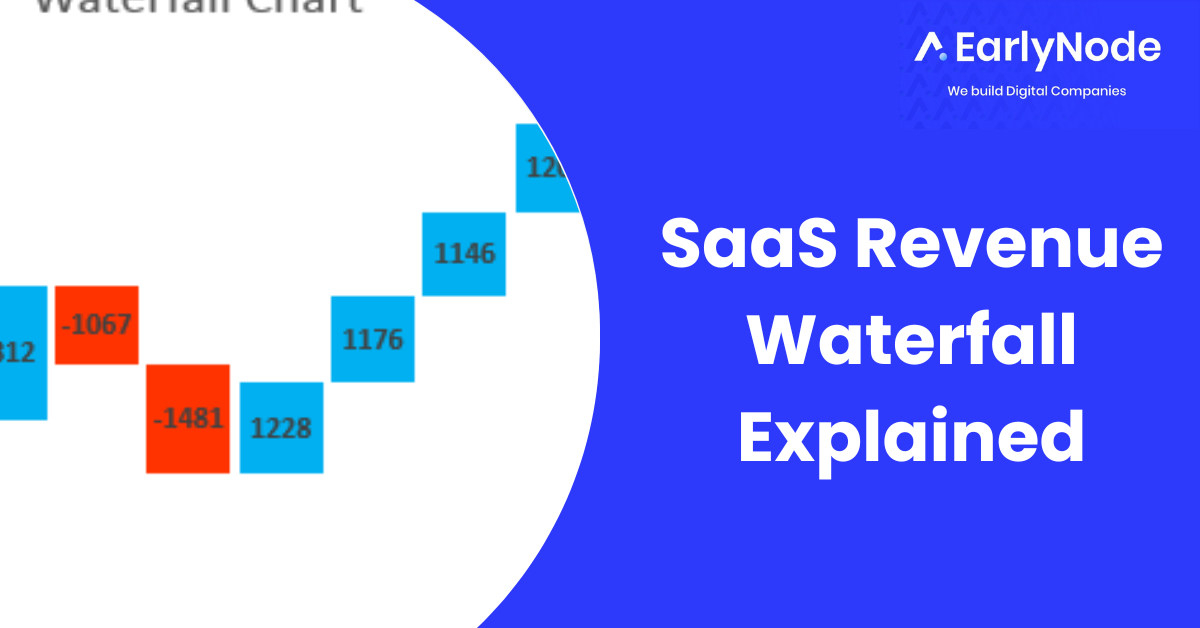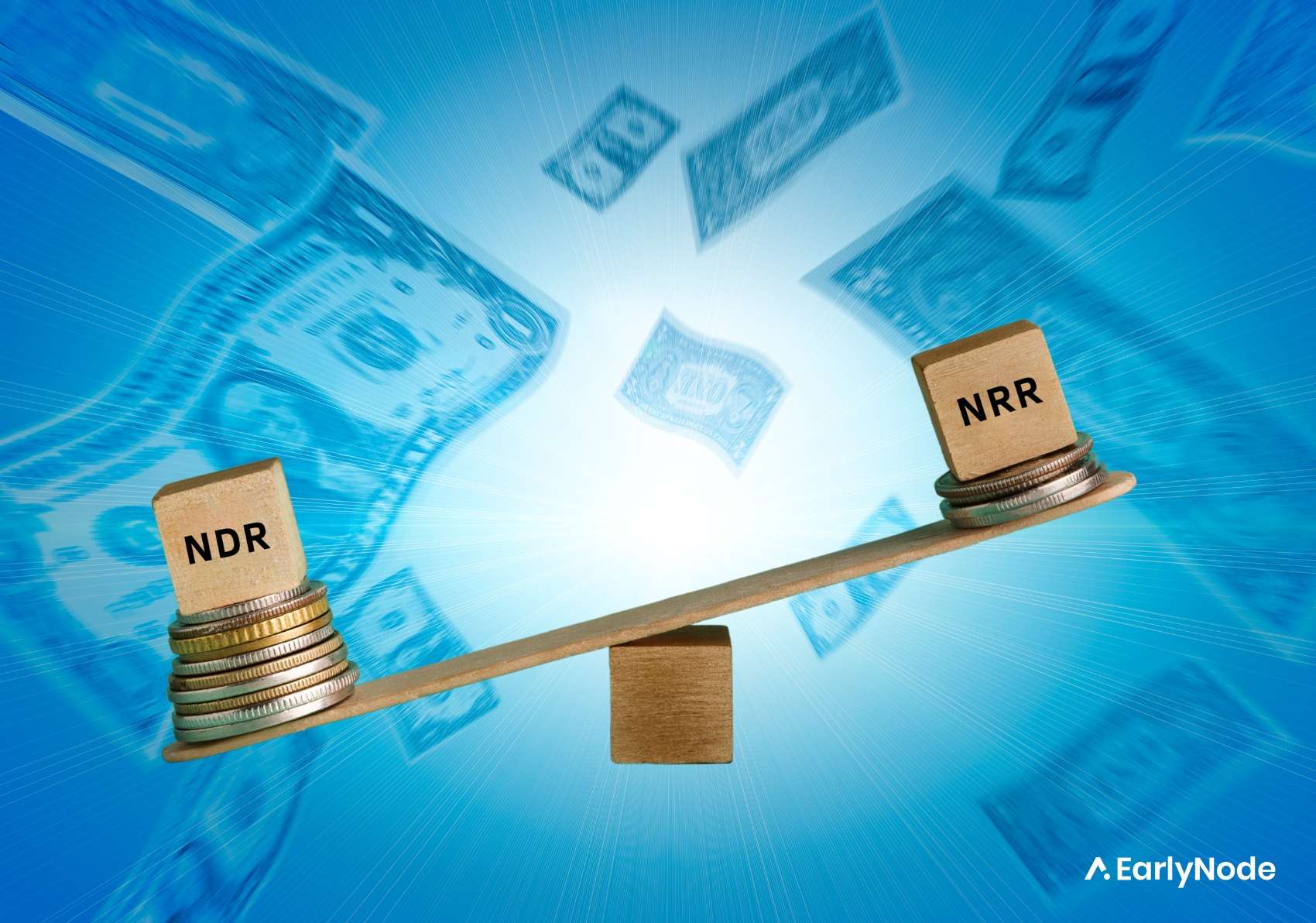Defining Customer Retention and why it matters

When you’re starting a new subscription business, there are so many things to think about – from the initial product design to attracting your first customers. But one thing often overlooked is how to keep those customers using your product. This is what we call Customer Retention in SaaS.
This blog post will define customer retention and why it’s essential for your business. We’ll also share other key retention metrics that provide better insight into your product’s performance.
Customer Retention
In short, customer retention measures how many users renew their subscriptions in a specified period. The most important question for any SaaS business is, “How do we retain our customers?” The answer can mean the difference between failure and success. Retention is necessary because it improves your business’s customer lifetime value (CLV).
A high customer retention rate indicates that users are happy with your product or service. The SaaS model relies on customers being active subscribers to generate revenue, so companies must find ways to keep their customers engaged and financially committed. After all, it’s cheaper to retain existing customers than to acquire new ones.
Logo Churn
Logo churn (or customer churn) is usually measured in percentages. It refers to the number of users who didn’t renew their subscription compared to the total number of users at the start of a specific period. It’s the opposite of customer retention. For example, if you had 5000 subscribers in 2020 and 100 users did not renew within that year, your logo churn would be 2%. In other words, you were able to maintain 98% of your users in that period. It is crucial to constantly monitor your churn rate and take measures to reduce it. A good range is between 2-7%.
Revenue Churn
Revenue churn is the percentage of revenue lost in a specific period compared to the start of that period. Many things account for the loss of income. A primary reason is your customers. If customers stop renewing their subscriptions, that ultimately means you’re going to lose some revenue. Keeping this number low will help keep you in business for a long time.
Expansion revenue
Expansion revenue is the extra revenue generated after a customer’s initial purchase or contract. It is a significant driver of growth for SaaS businesses in the long run. There are a few different ways to generate expansion revenue. One way is to upsell customers on new features or add-ons. Another way is to cross-sell other products to your customer base. And finally, you can increase prices for your existing products and services.
Net revenue retention
The Net Revenue Retention (NRR) is the percentage of recurring revenue retained from existing customers over a specific period. For example, if you had 100 customers at the start of the year paying $100 each, then 1 customer churned, and 2 customers doubled their contract size, your $10,000 ARR at the beginning of the year is now $10,100 at the end of the year, which means your NRR would be 101%. If your NRR is over 100%, you’re doing an excellent job of retaining customers and growing your business.
Conclusion
If you’re not tracking your retention metrics, you should start now, and it can tell you a lot about how healthy your company is and where it needs improvement. Keep an eye on the churn rate and how existing users bring you more money as well; they are essential for sustainable growth in the long term. For more information on key SaaS metrics, continue reading our blog. We cover everything from MRR to ARPU to help you make data-driven decisions for your business.




